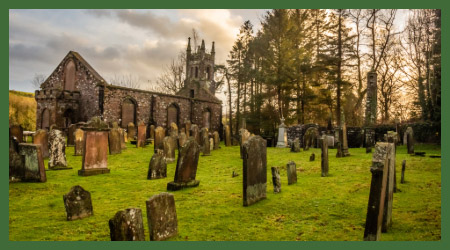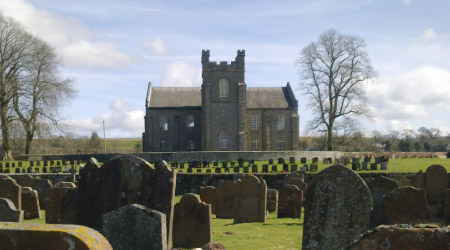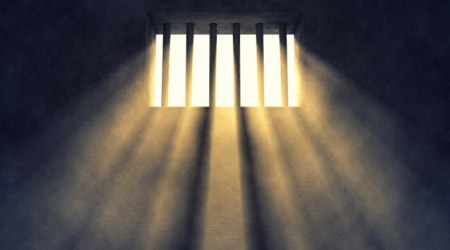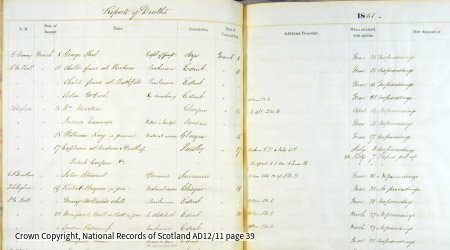Learning Zone - Anatomy Registers
Until 1832 only the corpses of convicted murderers were given to the medical profession for dissection. Many people believed that if your body was not buried whole you could not be resurrected on Judgement Day. For that reason, the public objected to the use of bodies in medical research. As you may be able to imagine, there were simply not enough murderers for the medical profession!
This want of bodies led to an opportunity for the less scrupulous. For example, we find Peter Grey or Gardner in the Dumbarton Prison Register. His crimes? 'Raising and Carrying of the Body of a Woman from the old Burying Ground Kirkintilloch' and 'Violating Graves'!
Others however went one step further! William Burke and William Hare were arrested in November 1828 for murder. They had in fact killed at least 16 people in just ten months and sold the bodies for use in anatomy lectures.
The Anatomy Act of 1832 changed everything. It gave legal access, by holders of a licence, to obtain unclaimed corpses. These corpses were often from prisons and workhouses, to be used by medical professionals. It also made provision for a person to donate the corpse of their next of kin to a school of anatomy.
As with many new laws, new records were created. The Anatomy Registers records whose bodies were used and where the deceased was subsequently buried. One of these was Elizabeth Bain who died in 1862 and appears in the Aberdeen Anatomy Register. The entry for Elizabeth tells us that she died at the Poorhouse on 5th September 1862, her body was used for medical research and then in October 1862 she was buried in the Nellfield Cemetery.
You can see a breakdown of which records we have indexed here. The registers have the following headings:
No.
Name and Surname
Age and Sex
Last place of abode
Date and place of death
Disease of which died and by whom certified
Time of Removal
Place to which removed and name of Teacher
Day and Hour at which received and from whom received
Date and Place of Burial




